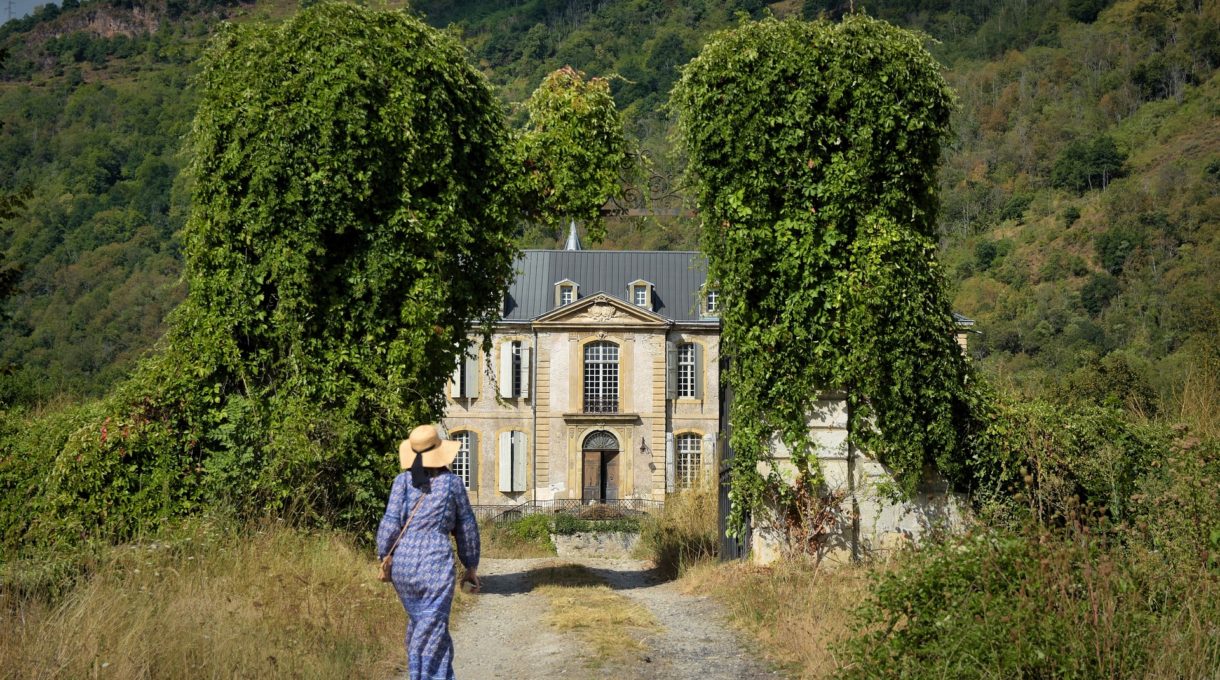To become a true professional painter, you must tackle hard projects. And there are few things tougher than cackling historical buildings! So, let’s review restoring and preserving historical buildings through skillful painting.
Challenges in restoring historical buildings
Working on historical buildings is a noble endeavor but comes with its fair share of challenges. After all, balancing the need for preservation with modernization can be tricky. And maintaining authenticity while meeting contemporary safety and functional standards is a delicate task. Moreover, limited access to historical materials and the need for specialized craftsmanship can slow down the process. However, overcoming these hurdles safeguards our heritage and offers opportunities for skilled artisans to showcase their expertise. And, of course, all the difficulties and challenges of restoring and preserving historical buildings through skillful painting mean you can upsell your painting services for work done on them! Note, too, that collaborating with experts from various fields is essential for successful restoration.
The role of skillful painting in restoration
Skillful painting plays a pivotal role in the restoration of historical buildings. Not only does it offer protection against environmental elements, but it also rejuvenates the building’s aesthetic appeal! And skillful painters utilize their expertise to replicate historical color palettes and intricate details, maintaining accuracy. Thankfully, since restoration requires so much skill, you can enhance your portfolio with pictures of excellent work!
Skillful painting techniques for historical building restoration
Surface preparation and repair
Surface preparation and repair are critical initial steps in restoring historical buildings. After all, proper cleaning and meticulous stripping of old paint layers are essential to ensure a smooth canvas for new paint application. Moreover, thorough surface preparation ensures the new paint adheres well and lasts longer. Additionally, proper preparation creates a solid foundation for paint but also aids in uncovering the building’s original charm. But, it’s not easy to work on aged and weathered material. So, if you want to do such work, improve your painting business to the point where you can handle it!
Selecting appropriate paint materials
Careful consideration is necessary when selecting appropriate paint materials. Modern or traditional paints are options, but note that you may even have to use odd or old-fashioned paint to preserve the uniqueness of the building truly. After all, sometimes ensuring historical accuracy means embracing the specific colors and textures of the era. However, as the experience of ryderrelocations.com has proven, these paints can have very particular storage or transportation requirements. So, it is often best to source them carefully or leave the sourcing up to the client if possible.
Application methods
Application methods in historical building restoration demand precision and skill. For instance, you must employ brushwork and hand-painting techniques for intricate detailing and delicate surfaces. Conversely, spray techniques ensure even coverage, especially in larger areas. And while brushwork adds an artisanal touch, spraying offers efficiency. The chosen method depends on the building’s unique needs and the desired finish! Of course, the experienced touch of a skilled painter is often crucial to achieve an impeccable result. Besides, application techniques affect the visual outcome and contribute to the paint’s longevity. So, remember that the expertise lies not only in the tools but also in the execution. By mastering diverse application methods, painters can enhance the building’s appearance and preservation, contributing to a seamless fusion of history and craftsmanship! With proper application, you can bring out the true potential of the chosen paint materials, breathing life back into the historical structure.
The art of replicating historical paint finishes
The art of replicating historical paint finishes requires meticulous attention to detail. And entirely recreating period-specific textures demands serious skill. Still, the results for restorations are amazing if you have those skills. For example, faux finishes add a vintage touch and a sense of authenticity. And intricate detailing, such as gold leafing, enhances the building’s opulence. Expert painters employ various techniques to achieve these finishes accurately. Each brushstroke contributes to the overall texture and visual effect!
Moreover, historical accuracy guides the choice of finishes, maintaining the building’s character. So, the experience of artisans shines through in replicating the unique charm of a bygone era! And capturing the essence of different time periods through paint finishes is an art form that enriches the building’s historical narrative. Dedication to these techniques restores the visual appeal and revives the building’s original splendor!
Working on restoring and preserving historical buildings through skillful painting
Learning about restoring and preserving historical buildings through skillful painting lets you take your business further! It will open up a lot of amazing and lucrative opportunities for you, so never give up on the goal of being able to participate in such projects.

